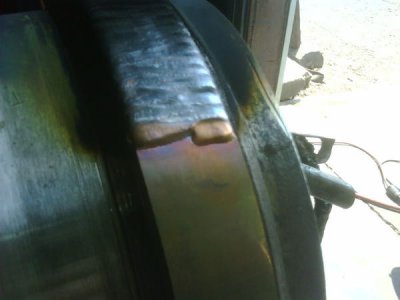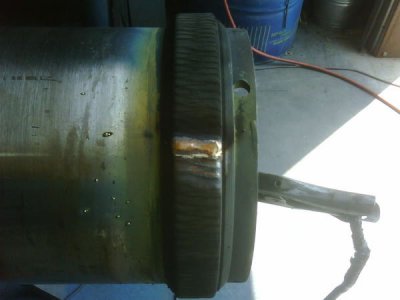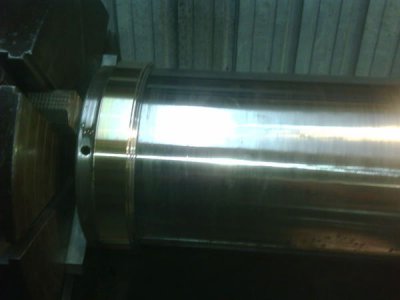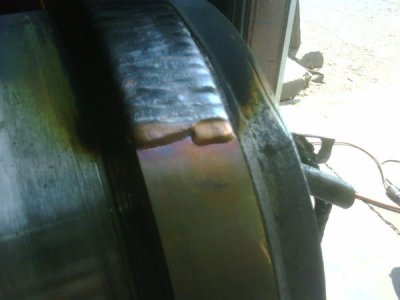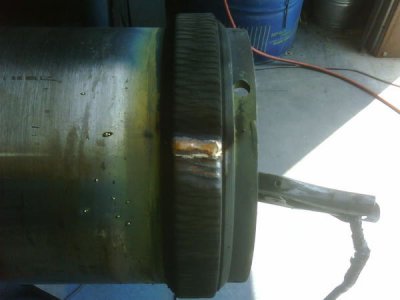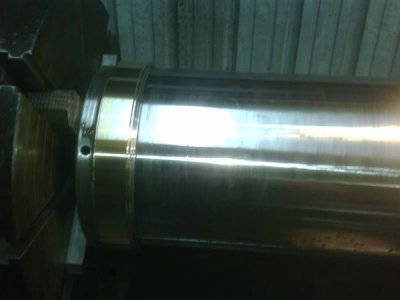- Joined
- Nov 16, 2012
- Messages
- 5,596
Guys,.
I'm sure the more experienced welders out there know this but, it's worth mentioning again that fresh air and fire extinguishers are a fact of life when welding.
There are different hazards for each process. The coating on welding rods have all kinds of metals, polymers etc. The flux core of MIG wire has it's set of chemicals that no normal person can spell or pronounce. With TIG, it's just you, heat and the metal and inert gasses. I use mainly Argon/Helium mix -sometimes CO2. There is virtually no smoke. Just burn-off from whatever contaminants are on the surface. -But I still make sure there is open air in the area (TIG cannot be done well with wind blowing). Still though, you always need to know what material you're welding for your own safety and to do the job right. -And if you're new to welding, stay away from critical things like trailer hitches etc. that could cost someone injury or death. Things like that need to have properly beveled edges and most often need to be annealed and re-hardened once they been touched by high heat.
While you are leaning, practice on scrap and take the time to grind off and inspect your welds. And once you've done that, put the piece in a vise and try to bend/destroy it. I feel this is very important learning aspect.
Ray
I'm sure the more experienced welders out there know this but, it's worth mentioning again that fresh air and fire extinguishers are a fact of life when welding.
There are different hazards for each process. The coating on welding rods have all kinds of metals, polymers etc. The flux core of MIG wire has it's set of chemicals that no normal person can spell or pronounce. With TIG, it's just you, heat and the metal and inert gasses. I use mainly Argon/Helium mix -sometimes CO2. There is virtually no smoke. Just burn-off from whatever contaminants are on the surface. -But I still make sure there is open air in the area (TIG cannot be done well with wind blowing). Still though, you always need to know what material you're welding for your own safety and to do the job right. -And if you're new to welding, stay away from critical things like trailer hitches etc. that could cost someone injury or death. Things like that need to have properly beveled edges and most often need to be annealed and re-hardened once they been touched by high heat.
While you are leaning, practice on scrap and take the time to grind off and inspect your welds. And once you've done that, put the piece in a vise and try to bend/destroy it. I feel this is very important learning aspect.
Ray


